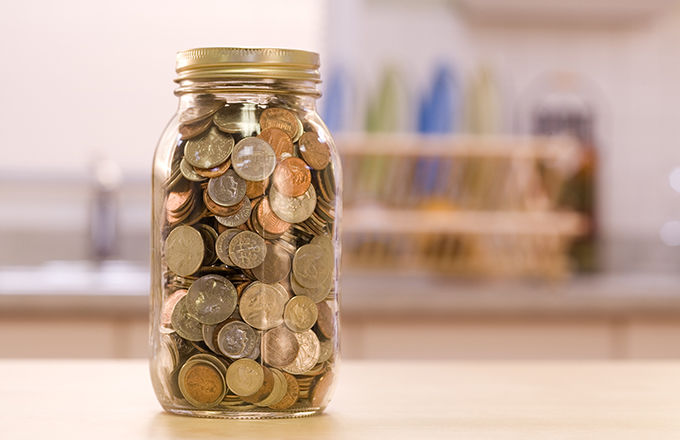Central bank across the world, sometimes have no option other than using unconventional or questionable policies in order to stimulate the economy. This happens when the standard policies fail to deliver the right results. Recently, European central bank, Japan, China have followed the suit of using these approaches to being their economy on track. Here a nation’s economy slips into recession, these policy tools operates in reverse, constituting a loose or expansionary monetary policy. Interest rates are lowered, reserve limits loosened, and instead of selling bonds in the open market, they are purchased in exchange for newly created money.
In this article, we discuss the two most widely used unconventional policies adopted by central banks.
Quantitative Easing (QE)
A huge financial crisis occurred in the year 2007. This was possibly, the worst financial breakdown after the great economic depression in 1930. The banking system crushed, economies crashed and we saw a huge plunge in the money available in the market. In order to simulate the economy, many federal banks across the world including US Federal bank increases the supply of money in the market by buying the financial assets at a large scale from financial institutions. This leads to more cash in the hands of financial institutions which they can lend to the public. Typically, the rate of interest also goes down and may approach zero.
Governments even print money to finance the buying of financial assets, this ultimately leads to high inflation. Normally, non-government securities markets operate free from central bank intervention, and they decide to purchase these securities only in times of need. The types of securities purchased during a round of QE are typically bonds or debt instruments owned by financial institutions including mortgage backed securities (MBS). QE can also take the form of buying long-term bonds while selling long-term debt in order to influence the yield curve in an attempt to prop up housing markets which are financed by long-term mortgage debt. When the central bank begins buying private assets like corporate bonds, it is sometimes referred to as credit easing. Thus, QE needs to be carried out accordingly for a short term instead as done recently by European central bank.
You should also read our other article in the “Dumb’s Guide” Series-
Dumb’s Guide to Understanding Stocks and Stock Market
Dumb’s Guide to Investing Money in Stock Market
What is a currency war?
Suppose, we have 3 countries engaged in trade across various goods and services. Country A is selling soaps manufactured by them to country B. Now, country B does not import all the soaps they need from country B, they import some additional volume from country C too (they have to do this to prevent a monopoly from country A over the goods). Let us say country B pays Rs 100 to country A, while they pay Rs 120 to country C after converting the money into the local currency for the same amount of product. Now, what if country C wants to increase the share of trade? They want country B to import more from their country than country A. In order to do this, they can either improve the quality of the product, make it superior than what country A offers. Otherwise, they can make this product cheaply available to country B to make it lucrative. This is simple, just mark down the price. Now, what if there are 100 such products? To avoid the tedious task of marking down the price of all the exportable products and hurting their own domestic market, countries devaluate their currency compared to the countries were they export their product.
Now, going with the above example, if country C marks down their currency rather than product, this would make soap manufactured by them cheaply available to country A, and thus driving out country A out of market! This phenomenon is called as devaluation of currency and causes a shock wave in the world economy, as long as country in picture is as big as china which accounts for about 30% of global trade.
What does a currency war do?
Currency war leads to countries devaluate their local currency in order to boost exports and makes import expensive. This is a double boost for the domestic economy and improves employability, and drives the overall economy. But, it comes with a price, as there can be a lot of funds outflow from the host country’s market. This is because of two reasons. One, as the local currency declines in value, investors have now less cash in hand as compared to the initial money they had before devaluation. Thus, they move their money outside, preferably, The US. When China devaluated their currency in 2015, we saw a lot of FIIs flowing out of the country.
A currency war is typically bad for global economy as increasing exports for one country comes at the expense of other economies. It triggers of currency war and makes world trade unstable and high inflation.
Read more-
Dumb’s Guide to Understand the Balance Sheet
The Bottom Line
Central banks enact monetary policy to change the size of the money supply and its rate of growth. This is normally done through interest rate targeting, setting bank reserve requirements, and engaging in open market operations with government securities. In periods of severe economic downturn, these tools become limited as interest rates approach zero and commercial banks become worried about liquidity.
Engaging in open market operations with instruments other than government bonds, such as mortgage backed securities, can help in these situations. This is referred to as quantitative easing. When QE is not enough, the bank can enter other markets, including equity markets, signal to the market that they will engage in an expansionary policy for a long period of time, or even resort to implementing a negative nominal interest rate.











